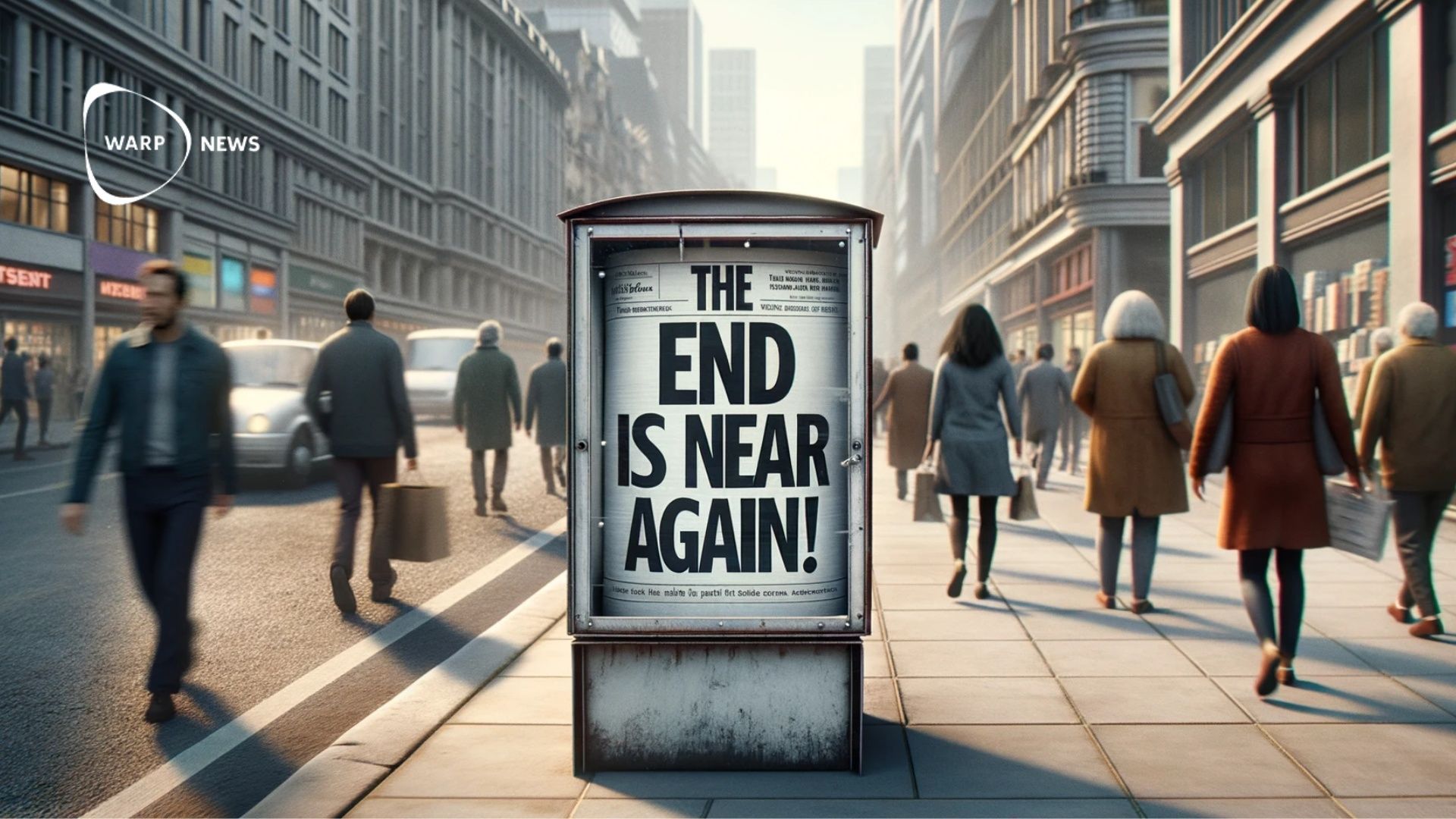
🏆 Let other people’s pessimism make you more successful
What if we could turn negativity into a positive force in our organizations? This may sound like nonsense, but by applying some scientific research into human behavior we can do just that, writes Kelly Odell.
Share this story!
In 1979 Amos Tversky and Nobel prize winner Daniel Kahneman identified something they called “the planning fallacy”. The essence of the planning fallacy is that human beings tend to underestimate the time a task will take to execute.
Kahneman and Tversky argue that we even tend to ignore our own past experiences of similar tasks and other available evidence when planning. Some suggest that the planning fallacy might have its advantages. Their point being that we probably would never have even tried to accomplish many of our greatest achievements if we had known from the start how difficult they would be.
But when it comes to planning things like projects or change initiatives in our organizations, overconfidence can lead to bad decisions, poor prioritization, inefficiency, and significant economic loss.
Anyone who has been around the block at least once knows that when it comes to managing projects or driving organizational initiatives, the plans we make are often wrong. The only thing we don’t know for certain is how much they are wrong.
When it comes to driving change initiatives the quality of our plans is even worse. I have been working with change management in various roles as a manager, educator, and consultant for more than two decades and I have never heard anyone say that they successfully completed a change initiative faster and cheaper than they had planned.
One way to improve the quality of our plans is to take advantage of what we might call a corollary to the planning fallacy. In a report published in 1994 in The Journal of Personality and Social Psychology, Roger Buehler, Dale Griffin, and Michael Ross presented findings that suggested that “People underestimate their own but not others' completion times”.
The study demonstrated that while Kahneman & Tversky were correct about people being too optimistic about their own ability to deliver on time, people were typically pessimistic about others ability to deliver.
This insight gave me an idea that I have put to practical use on many occasions. I simply ask another group of people to evaluate the plans made by project or change teams.
I generally specify that their task is to focus on the time and resources specified in the plan, not to create a completely new plan. Depending on the size and complexity of the plans these sounding board groups can spend anything from a few hours to a few days evaluating the plans. And just as you might expect, these sounding board groups tend to come back with more conservative perspectives regarding the reliability of the original plan.
In this way we create two reference points, one that is likely overly optimistic and one that is probably too pessimistic. By juxtaposing our own optimism against other people’s pessimism, we can interpolate a more realistic plan somewhere in between and be better prepared when we take on challenging tasks.
Counterbalancing these two perspectives, your own more optimistic and the more pessimistic views of others, may give us advantages in other areas in our organizations as well as in our private lives.
The first step is to stop qualifying divergent perspectives as good or bad, positive or negative. The trick is to see pessimistic and optimistic views as data input that help improve our understanding of our environment, create more reliable plans and facilitate better decision making.
Kelly Odell is a prize winning speaker, management educator and the author of The Human Way.
Check out his TEDx talk from deep inside an iron mine in Kiruna, Sweden: Change is a part of our time.
By becoming a premium supporter, you help in the creation and sharing of fact-based optimistic news all over the world.


